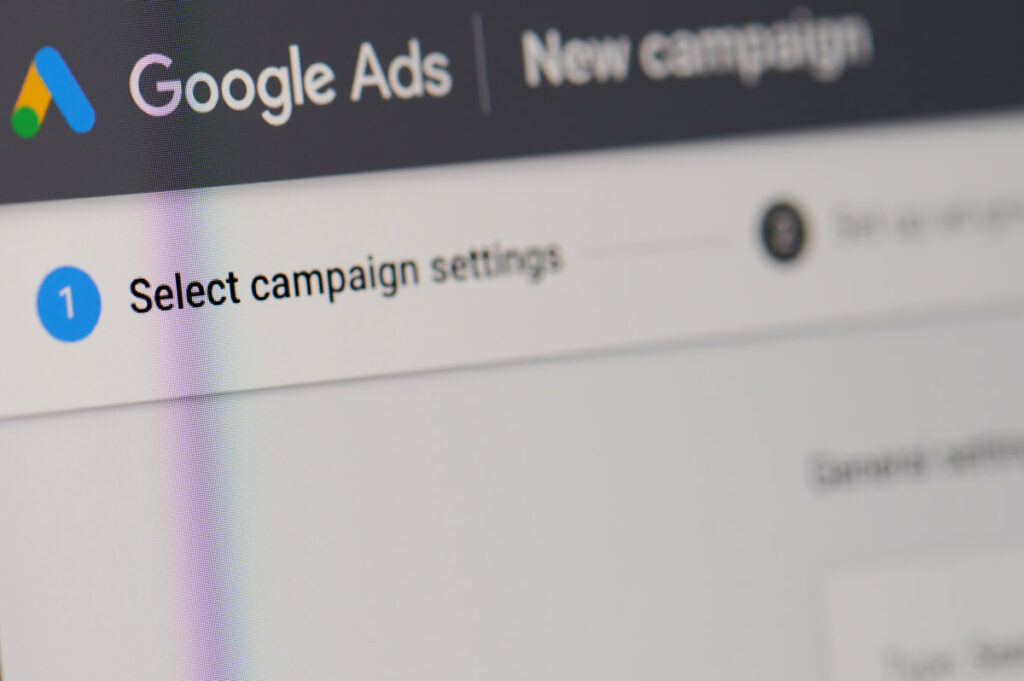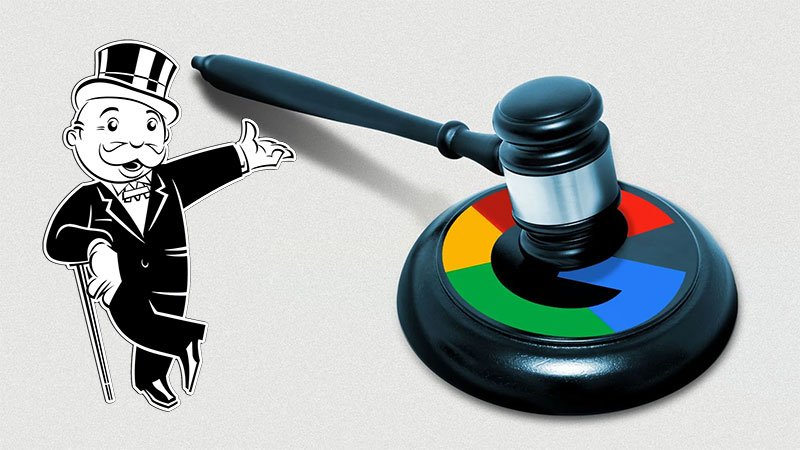 Back to the Future: in 2013 with user behavior shifting from traditional desktop computing to mobile handheld, Google transitioned to what they branded as “Enhanced Campaigns” in an effort to jumpstart lagging Advertiser acceptance of mobile advertising and their declining ad revenue growth. On paper this strategy seemed to make some sense, as it would not only force acceptance by laggards, but many advertisers were optimizing both mobile and desktop campaigns similarly or not taking advantage of the separation that was available. However, the blended approach had unexpected consequences.
Back to the Future: in 2013 with user behavior shifting from traditional desktop computing to mobile handheld, Google transitioned to what they branded as “Enhanced Campaigns” in an effort to jumpstart lagging Advertiser acceptance of mobile advertising and their declining ad revenue growth. On paper this strategy seemed to make some sense, as it would not only force acceptance by laggards, but many advertisers were optimizing both mobile and desktop campaigns similarly or not taking advantage of the separation that was available. However, the blended approach had unexpected consequences.
Due to mobile traffic quality being significantly inferior to Desktop and Tablet devices, aggregate CPC growth was constricted as a result of conservative bidding that is inherent with a “bid modifier” approach. In some categories, Google saw CPCs drop on Mobile by as much as 50% within the first 90 days of “Enhanced Campaigns” launch with no rebound in those CPC prices ever occurring. Thus, Google is finally reverting back to allowing savvy Advertiser the functionalities they used previously that allowed for more granular bidding and targeted bid optimization by keyword by device.
Prior to the “Enhanced Campaigns” rollout, advertisers had full control over bid positioning and performance optimization on different devices down to the keyword level. It allowed for the most granular management possible for Advertisers focused on a direct response return on investment. Advertisers could replicate campaigns, change device targeting settings and set device-specific bids while optimizing towards device-specific ROI goals.
Once transitioned to “Enhanced Campaigns”, granular bidding was effectively taken away, requiring more work and causing much frustration on the advertiser’s part. Some Advertisers with higher CPCs exceeding the $2 to $3 range were able to maintain Jerry-rigged mobile device campaigns by using the 300% max level positive mobile bid modifiers while dropping the base desktop bid as low as they could in order to not obtain first page visibility in desktop but still be competitive within the mobile device marketing landscape. In cases where you couldn’t Jerry-rig your campaign, the Advertiser was forced to advertise on terms that might work effectively on Desktop, but worked very ineffectively on Mobile.
Now that “Enhanced Campaigns” is no longer a forced requirement, savvy Advertisers are able to revert back to past strategies and pick up where they left off. Having full control over the multiple devices being used and setting up multiple campaigns offers the advertiser more control but that comes at a price which is double the work to manage mirrored campaigns. Based on past experience from the pre-”Enhanced Campaigns” time period, there should be immediate payoff that justifies the effort now that more than half of Google searches happen on a mobile device.
Many advertisers like having full control but for some it may be worth saving the time and energy by only managing one campaign with bid modifiers applied if human resource time is not available. Either way, at least that decision now lays in the hands of the Advertiser, not Google.
So, are you a savvy marketer? Is splitting your campaigns into device type replicated mirrors the right move for your business? Here are some guidelines to consider:
- To support the move to replicated campaigns, overall monthly spend should exceed $25k otherwise you likely will not have statistically validity on a rolling 30-day basis. That’s not a show stopper, but strong optimization requires a significant number of observations.
- Keep your Desktop/Tablet devices together. Given that the user experience is typically similar, bid modifiers for Tablet are a better route than triplicate campaigns and slicing up the observation count more minutely.
- Consider utilizing unique ad copy and with unique accompanying ad extensions that are more relevant to the mobile user. For example, location extensions much more valuable and accurate when leveraged in the mobile environment than with Desktop/Tablet.
- Start off your bids for Mobile by resetting the base bids to the currently applied Bid Modifier in your existing campaign.
- Apply Desktop / Tablet to your existing campaign while assigning Mobile device to the new campaign that you create. Given how Quality Score will slightly reset, it is best to have this happen on your Mobile campaign efforts.
- Consider leveraging cross-device conversion data metrics as part of your optimization process. While there is still some lacking transparency, this can help set a more reflective ROI target for your Converted Clicks metric targets






